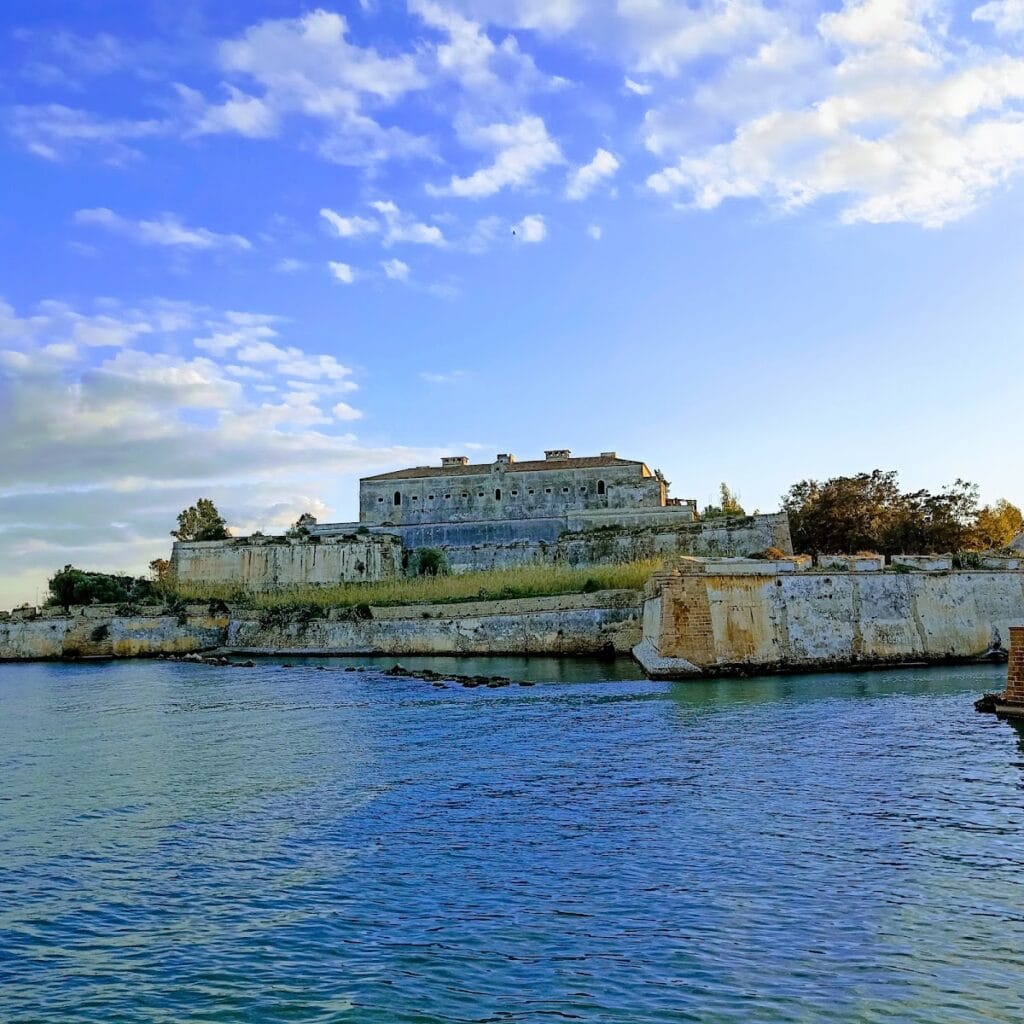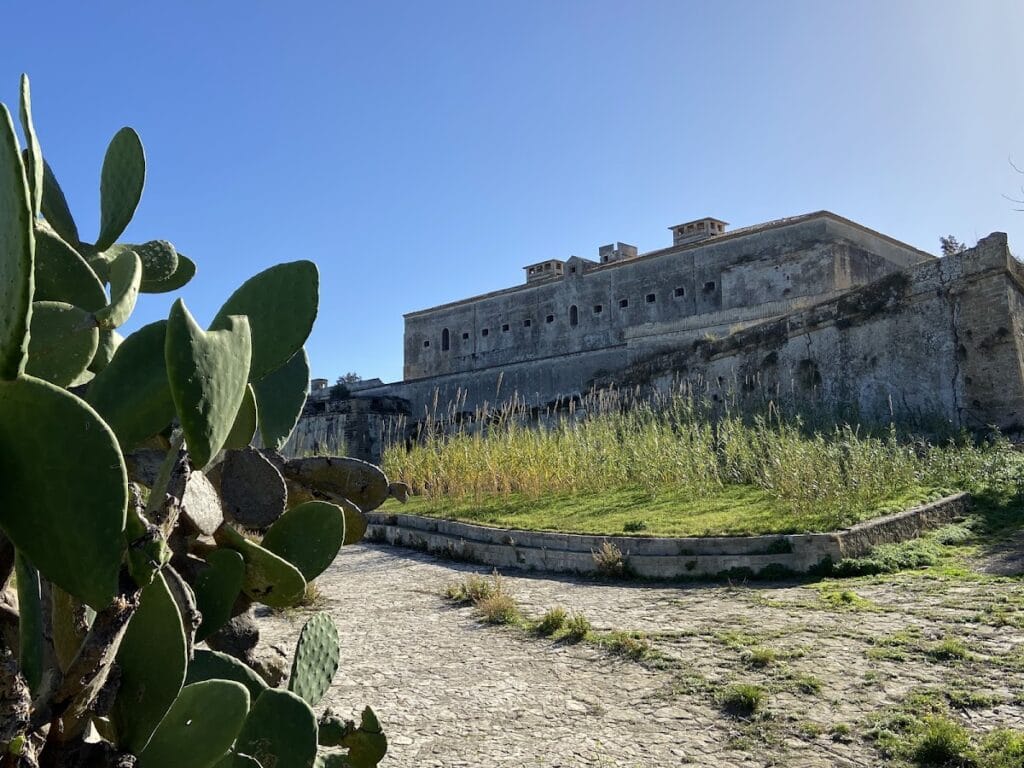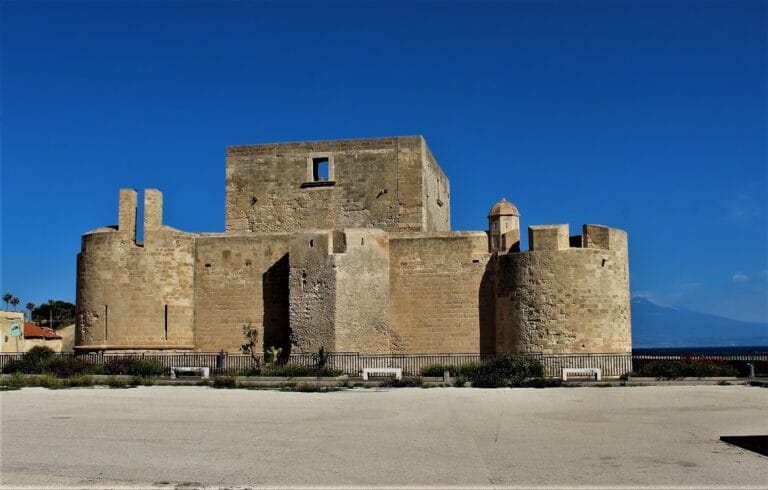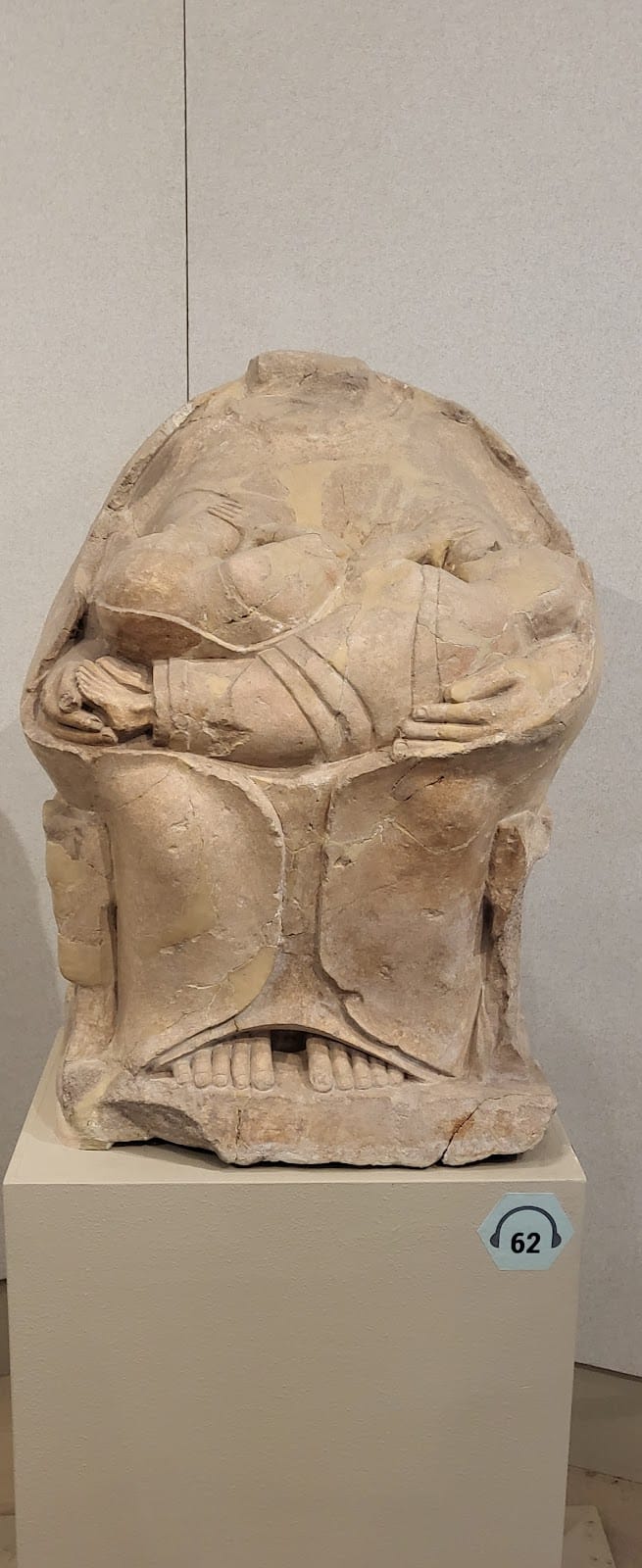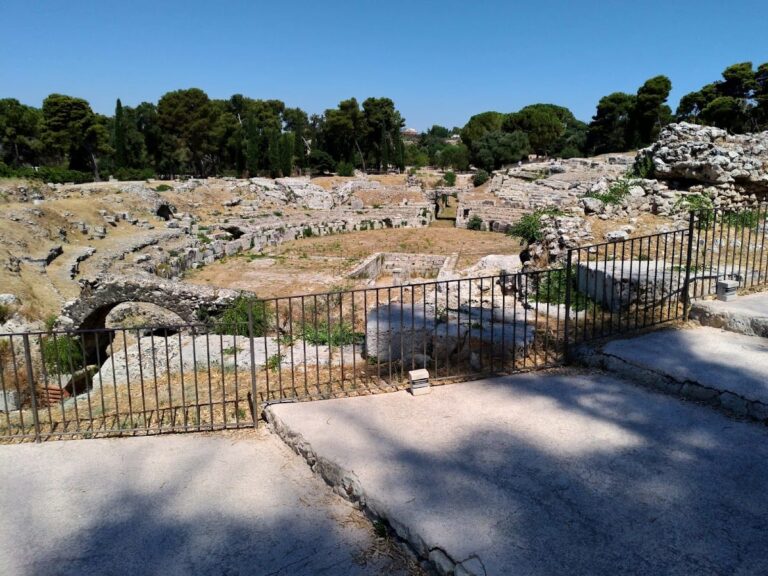Castello Svevo in Augusta: A Historic Fortress on Sicily’s Eastern Coast
Visitor Information
Google Rating: 3.4
Popularity: Low
Google Maps: View on Google Maps
Official Website: cultura.gov.it
Country: Italy
Civilization: Medieval European
Remains: Military
History
Castello Svevo stands in the town of Augusta, situated on the eastern coast of Sicily in modern Italy. This fortress was originally constructed in the early 13th century by the Holy Roman Emperor Frederick II of Hohenstaufen, who also held the title of King of Sicily. The castle replaced an earlier Arab-Norman watchtower on the peninsula known as “Terra vecchia,” lying at the heart of Augusta’s natural harbor.
Frederick II renamed the settlement Augusta after his imperial title and developed it as an important port dedicated to the export of agricultural goods. The castle was purposely built to guard these economic activities and the facilities connected to the harbor. After the decline of the Hohenstaufen dynasty, control of the castle passed to the Angevin rulers, only to be contested and seized in 1282 by Peter of Aragon amidst conflicts between the Aragonese and Angevin crowns. For decades, various Aragonese nobles served as castellans, maintaining the fortress under shifting political influences.
During the 16th century, increasing threats from Ottoman pirates prompted the Spanish Habsburgs—then ruling Sicily—to strengthen the castle’s defenses and the surrounding harbor area. This included constructing several bastions on the peninsula by the late 1500s, named San Bartolomeo and Vigliena. Further fortifications, San Filippo and San Giacomo, were added in the mid-1600s, turning the castle and its environs into a pentagonal fortress with four bastions connected by moats and defensive outworks.
The castle saw military action again in the late 17th century during the Messina revolt (1674–1678), when it was briefly captured by a French fleet before Spanish forces regained control. Between 1680 and 1682, a Spanish military engineer, Carlos de Grünenbergh, led restoration and strengthening projects. A major earthquake in 1693 caused an explosion in the gunpowder magazine, damaging portions of the structure. Repairs were completed by 1702.
Under the Kingdom of the Two Sicilies in the 19th century, King Ferdinand II reinforced the fortress to combat anti-Bourbon uprisings. The castle was seized by rebels during the 1848 revolution but was retaken by Bourbon troops the following year. With the fall of the Bourbon regime in 1860, the castle passed without conflict to the newly unified Kingdom of Italy. Notably, in 1870, it hosted European scientists who gathered there to observe a total solar eclipse.
From 1890 until 1978, the castle served as a prison, adapting its structure accordingly. Restoration efforts undertaken in the late 20th century stabilized the fortress, which is now used by public authorities such as the national police and the prefecture of Syracuse. In recent years, the castle has been protected under the cultural heritage authority of Syracuse but continues to face challenges due to structural deterioration and legal interventions related to its conservation.
Remains
Castello Svevo is arranged as a roughly square fortress, each side measuring between 60 and 62 meters, surrounded by thick sandstone walls approximately 2.6 meters wide. This medieval core rests on a peninsula projecting into Augusta’s bay and occupies an island linked to the modern city by a bridge. The castle’s construction employs sandstone blocks known locally as “giuggiulena,” reflecting regional building materials and techniques of the 13th century.
The fortress features a total of eight towers of varying shapes and positions. Four large square towers anchor the middle of each side, with the towers on the east and west sides rectangular in plan and those on the north and south sides featuring polygonal designs. Near the main entrance along the southern wall stands a pentagonal tower that was originally octagonal, notable for its adaptation in form over time. Additionally, two rectangular towers are positioned midway along the east and west walls, contributing to the castle’s layered defense system.
Within the castle walls lies a rectangular courtyard. The interior architecture includes large pointed arches and Gothic ribbed cross vaults, stylistic elements derived from Cistercian influences, particularly from the architectural traditions of Clairvaux Abbey. These design aspects highlight the fusion of military and monastic architectural forms typical of Frederick II’s constructions.
In the later centuries of the 16th and 17th, the fortress became part of a more elaborate pentagonal citadel. Four bastions named San Bartolomeo, Vigliena, San Filippo, and San Giacomo were built around the original castle, forming a star-like defensive pattern with moats and ravelins—triangular fortifications designed to protect the walls from direct artillery fire. Additional nearby forts named Garcia and Vittoria complemented these defenses, reinforcing the harbor’s military strength against seaborne threats.
During its conversion into a prison starting in 1890, significant structural modifications were made. A new set of floors with prison cells was constructed above the original portico area. The ravelin zone, originally serving defensive purposes, now houses the State Police Commissariat offices. Despite restoration efforts in the 1990s that secured the castle’s stability, the fortress remains closed to public access partly due to ongoing safety concerns linked to its age and structural vulnerabilities.
